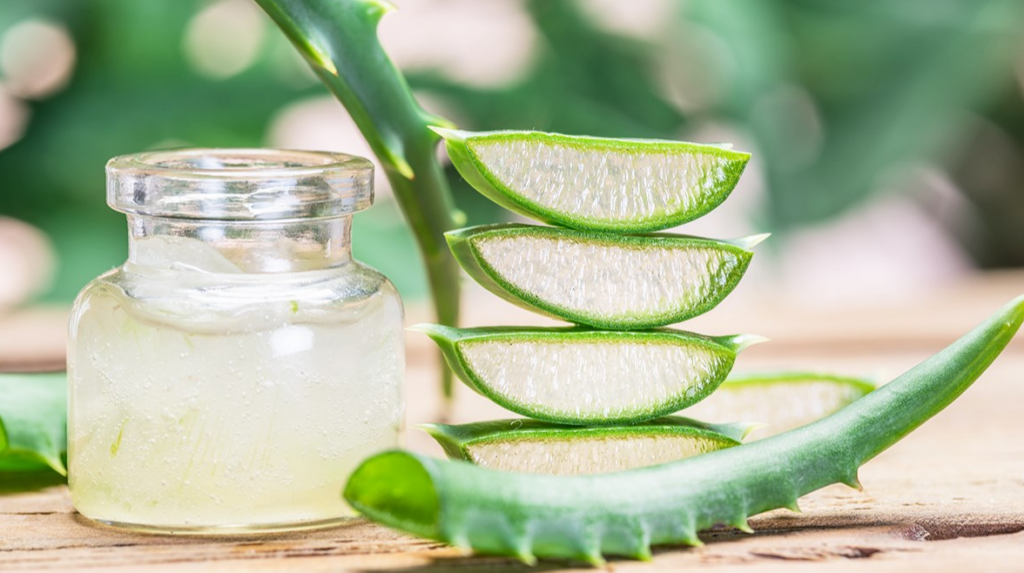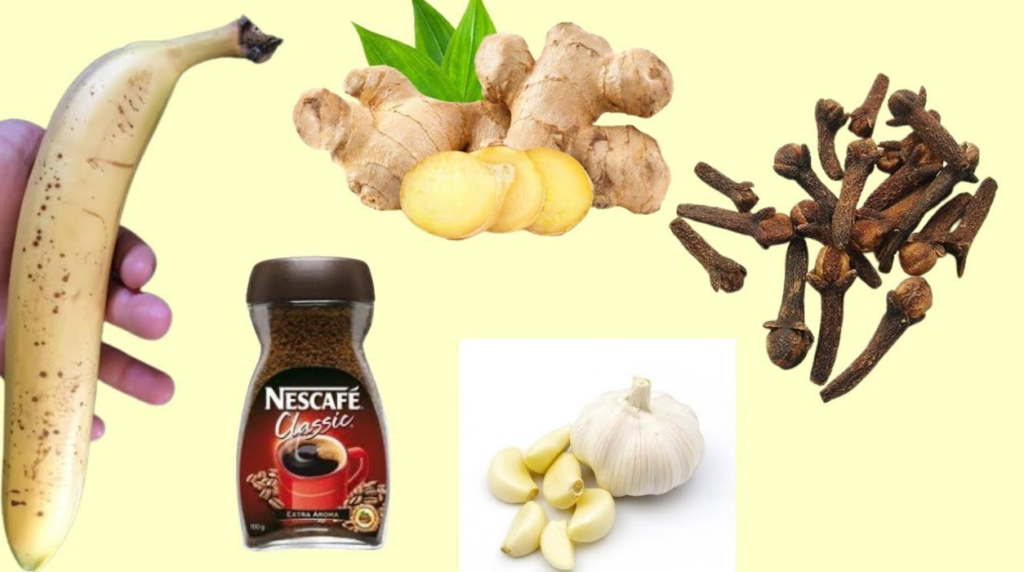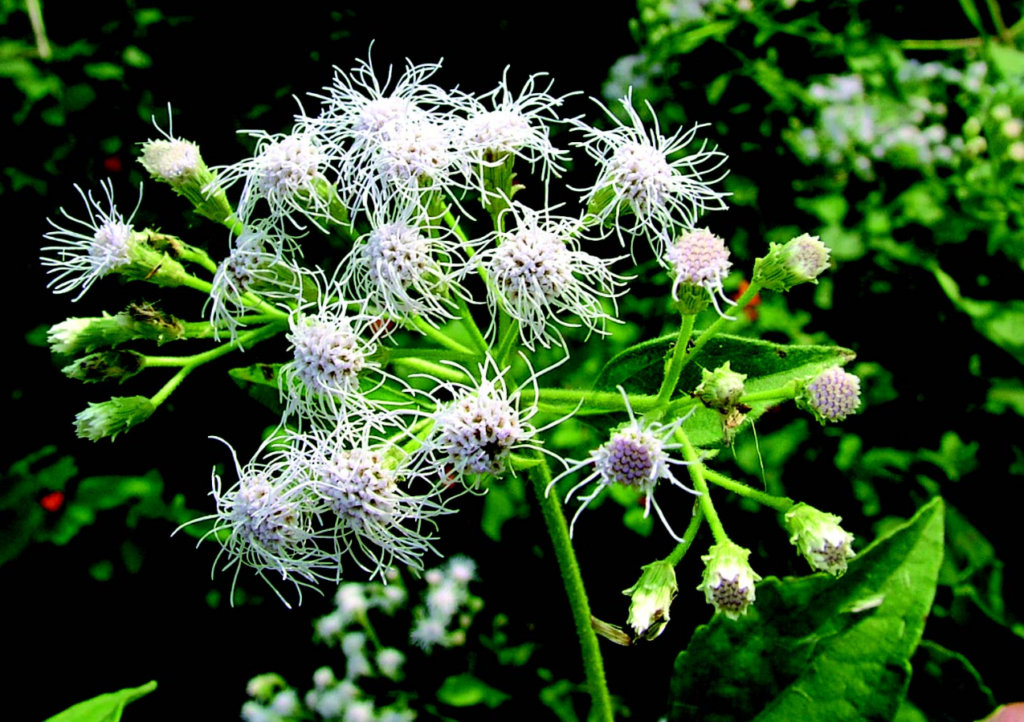Aloe vera, widely known for its soothing effects on burns and cuts, offers much more than topical benefits. When consumed as aloe vera water, it provides an impressive array of health advantages that support your overall well-being. Packed with essential vitamins, antioxidants, and minerals, aloe vera water has become a popular natural remedy to enhance everything from digestion to skin health. If you’re looking to boost your daily wellness, adding aloe vera water to your routine could be the game-changer you need. Here are 11 amazing reasons to drink aloe vera water every day, along with a simple recipe to prepare it at home!

1. Enhances Digestion
Aloe vera is packed with digestive enzymes like amylase and lipase, which assist in breaking down food more efficiently. Drinking aloe vera water daily can support better nutrient absorption and help soothe digestive issues such as bloating, constipation, and indigestion. If you experience digestive discomfort, aloe vera can be a natural solution that helps regulate your system and keep your gut healthy.
2. Boosts Your Immune System
Aloe vera is rich in vitamins such as Vitamin C, E, and B12, as well as antioxidants that work together to strengthen your immune system. By fighting off harmful free radicals, aloe vera helps protect your body from illnesses and promotes overall immune health. Regular consumption of aloe vera water can provide an extra layer of defense against common colds, flu, and other infections.
3. Keeps Your Body Hydrated
Staying properly hydrated is crucial for maintaining health, and aloe vera water serves as an excellent source of hydration. Packed with electrolytes and hydration-boosting nutrients, aloe vera water replenishes fluids lost during exercise or on hot days. It supports your body’s natural hydration processes, leaving you feeling energized and revitalized throughout the day.
4. Improves Skin Health
Aloe vera water is known for its ability to hydrate your skin from the inside out. Thanks to its antioxidants and anti-inflammatory properties, aloe vera water helps reduce skin dryness, improve elasticity, and restore a natural glow. Regular consumption of aloe vera water is a simple, natural way to combat dry, dull skin and promote a youthful complexion.
5. Supports Weight Loss Goals
If weight management is part of your health plan, aloe vera water can play a helpful role. Aloe vera is low in calories and high in fiber, which helps control appetite and boost metabolism. Combined with a balanced diet and regular exercise, aloe vera water can support your weight loss efforts and contribute to a healthier lifestyle.

6. Reduces Inflammation
Aloe vera contains potent anti-inflammatory compounds that can help alleviate joint pain, muscle soreness, and symptoms of conditions like arthritis. Drinking aloe vera water regularly can also help reduce chronic inflammation in the body, which is often linked to numerous long-term health conditions. Regular intake may lead to better mobility and reduced discomfort.
7. Promotes Heart Health
Maintaining a healthy heart is essential, and aloe vera water can help support cardiovascular health. It helps regulate cholesterol levels and can assist in managing blood pressure. By incorporating aloe vera water into your daily routine, you can promote a healthier heart, improve circulation, and protect against cardiovascular disease.
8. Balances Blood Sugar Levels
Several studies have suggested that aloe vera may help regulate blood sugar levels, making it a beneficial addition to the diet for those managing diabetes. Drinking aloe vera water regularly can assist in maintaining healthy glucose levels, improving metabolic health, and reducing the risk of blood sugar spikes. It may help you maintain more stable energy throughout the day.
9. Detoxifies the Body
Aloe vera water acts as a natural detoxifier, supporting the health of your liver and kidneys. Its detoxifying properties help eliminate harmful toxins from your body, promoting overall wellness. Drinking aloe vera water aids the body’s cleansing process, leaving you feeling refreshed, revitalized, and ready to take on the day.
10. Boosts Energy Levels
If you’re feeling sluggish or fatigued, aloe vera water can be just what you need. Loaded with essential nutrients, aloe vera water provides a natural energy boost, helping you stay active and productive throughout the day. Unlike caffeine or sugary drinks, aloe vera water offers a gentle, sustained energy boost without the crash. It’s perfect for staying energized, whether at work or in your daily activities.
11. Improves Oral Health
Aloe vera’s antimicrobial properties aren’t just beneficial for your skin; they also support oral hygiene. Aloe vera water helps reduce plaque buildup, soothes gum inflammation, and promotes overall oral health. By drinking aloe vera water, you can maintain a healthier mouth, prevent gingivitis, and enjoy fresher breath throughout the day.
How to Make Aloe Vera Water at Home

Making aloe vera water at home is easy, cost-effective, and ensures that you’re consuming a fresh, natural drink, free from preservatives. Here’s how you can prepare it:
Ingredients:
- 1 large aloe vera leaf (make sure it’s organic for the best results)
- 2 cups of water
- Honey or lemon (optional for added flavor)
Step-by-Step Preparation:
- Extract the Aloe Vera Gel: Start by cutting one large aloe vera leaf and carefully removing the thick outer skin. Scoop out the clear gel inside using a spoon. Rinse the gel thoroughly to remove any yellowish latex, which can cause digestive discomfort and has a bitter taste.
- Blend the Ingredients: Add the aloe vera gel to a blender along with 2 cups of water. Blend until smooth, creating your aloe vera water base.
- Add Flavor (Optional): To enhance the taste, add a teaspoon of honey or a few drops of fresh lemon juice. Both honey and lemon provide additional health benefits, such as soothing your throat and boosting vitamin C intake.
- Serve and Store: Pour the aloe vera water into a glass and enjoy immediately for the freshest taste. You can store any leftover aloe vera water in the refrigerator for up to two days.
Pro Tips for Best Results
- Choose Fresh Ingredients: Always use fresh, organic aloe vera for maximum health benefits.
- Moderate Consumption: Limit your intake to 1–2 servings daily to avoid potential side effects.
- Consult Your Doctor: If you’re pregnant, breastfeeding, or have underlying medical conditions, consult a healthcare professional before incorporating aloe vera into your routine.
Make Aloe Vera Water Part of Your Healthy Lifestyle
Aloe vera water isn’t just a refreshing drink—it’s a powerful, natural elixir that offers numerous benefits for your body. From improving digestion to boosting immunity and keeping your skin radiant, aloe vera water is an easy and effective way to enhance your overall health. By adding it to your daily routine, you’ll experience the rejuvenating effects of this incredible plant.
Start today by preparing aloe vera water at home and enjoy its many health benefits. It’s time to make aloe vera a key part of your wellness journey!































